Parish Boundaries
This weekend was the annual Fernhurst Furnace open weekend. Fernhurst Furnace is an early modern iron working furnace founded around 1550. It is situated in a valley approximately 1 km from the village of Fernhurst in West Sussex, right at the western end of the High Weald. During the early modern period iron making developed in the Weald due to the availability of raw materials including, iron, sand and wood. The site is officially known as North Park Furnace and straddles the parish boundary between Fernhurst in which the archaeological remains of the furnace and iron workings are located and Linchmere in which is Furnace Pond which supplied water to power the one and eventually two waterwheels that powered the furnace. The parish boundary runs down the Bay of the pond at the northern end of the pond. ‘Bay’ is a technical term for the dam built across the valley to create the pond and is used with what have become called Hammer Ponds or Furnace Ponds, ponds built at iron working sites across the Weald (Kent, Sussex and Eastern Hampshire) to hold water to power furnaces for making iron. Many have been lost, drained and the land reclaimed for agriculture or urban buildings, but many survive and Fernhurst Furnace is considered to be one of the finest survivals. A look on the OS Map reveals many clues to the iron industry of the Weald. Just around Fernhurst Furnace is Furnace Pond (the name of the pond that supplied water to Fernhurst Furnace), Furnace Wood, and Minepit Copse. Place names relating to the early modern iron industry in the Weald are found right across the Weald.
There are archaeological remains of the furnace visible to the east of the bay including the furnace, bellows arch, bellows, the tapping arch, casting pit, wheel pits for the two waterwheels and tail races of the waterwheels. Even today the bay not only marks the parish boundary it is the boundary between two estates. The Cowdray Estate which owns the features to the west including the furnace pond and the western side of the Bay. While the eastern side of the Bay and the archaeological remains of the furnace and iron working is owned by the Hollist Estate. It is possible to visit Fernhurst Furnace and walk across the Bay as in addition to the Bay acting as a parish and estate boundary a public footpath crosses it. I don’t think I have seen such an interesting parish boundary in a long time and my question is: was this the parish boundary there before the 1550’s? Or was the parish boundary placed there after the creation of the furnace pond and Bay because the Bay makes a convenient boundary marker?
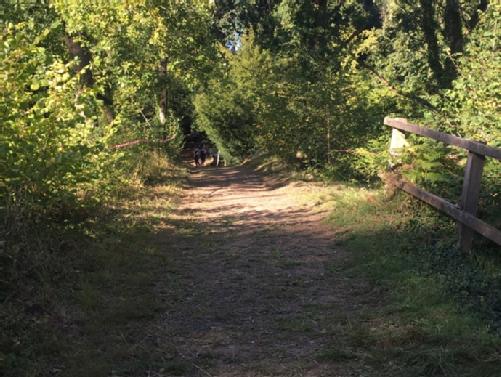
The Bay at the northern end of Furnace Pond at Fernhurst Furnace serves as both the parish boundary and a boundary between the Cowdray and Hollist Estates.
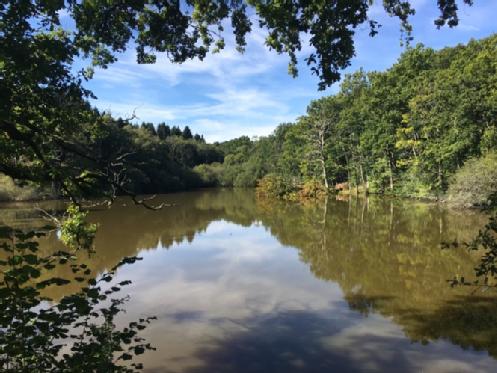
Furnace Pond at Fernhurst Furnace from the Bay at the northern end of the pond.
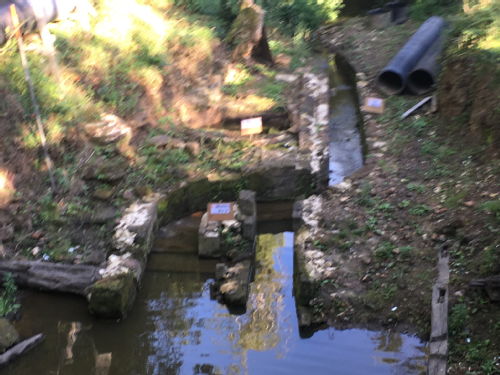
The archaeological remains of the furnace to the east of the pond Bay.
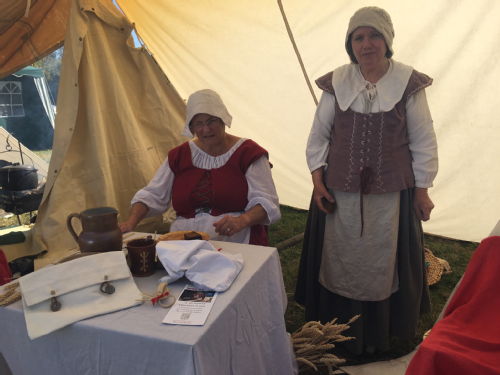
Historical re-enactors from Little Woodham Seventeenth Century Village re-enactment group.
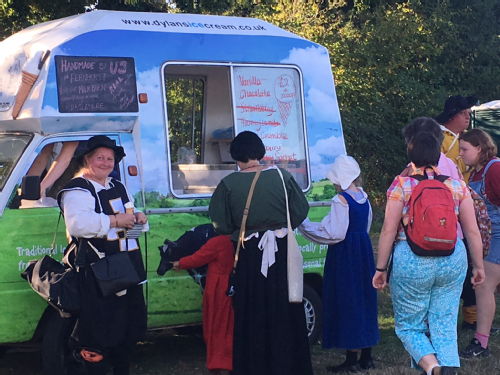
Re-enactors from the Sealed Knot re-enactment society.
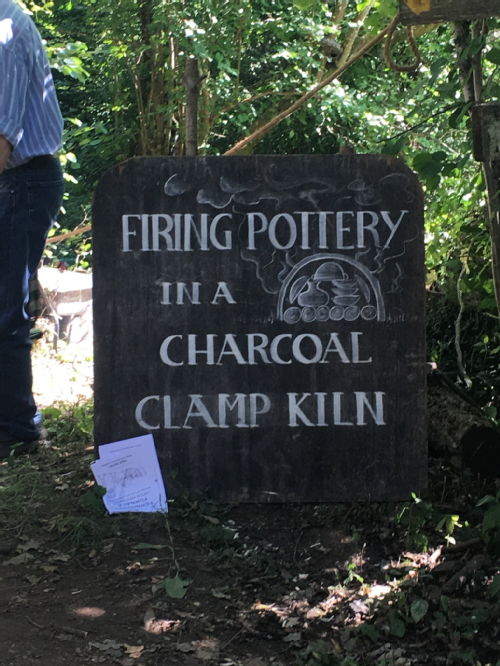
Pottery being fired in a charcoal Clamp Kiln.
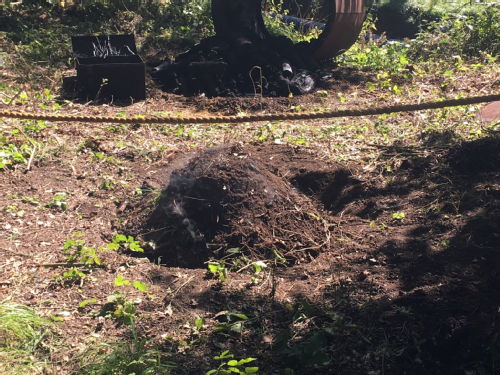
The Charcoal Clamp Kiln.
